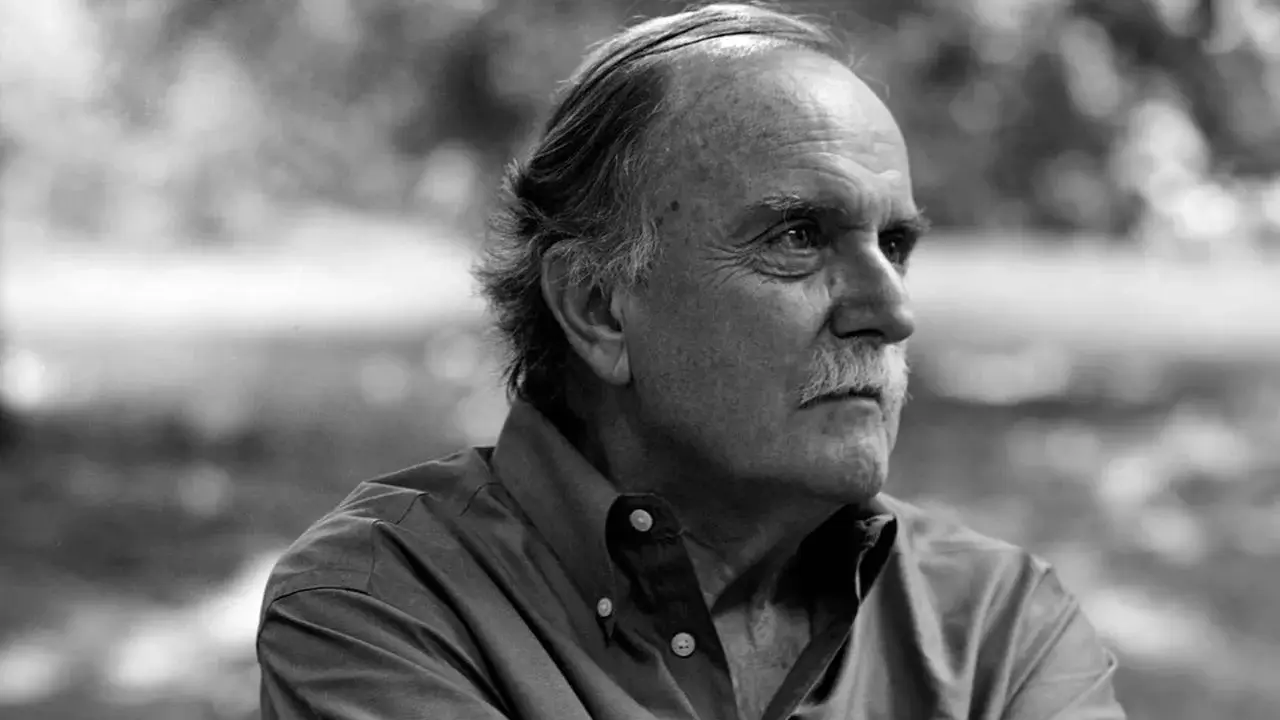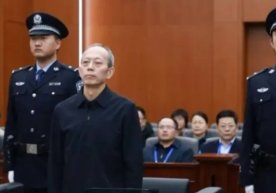
A unique installation on display at the Art Gallery of Western Australia combines art and science in one space. Here, visitors listen not to a live orchestra, but to music created by a tiny fragment of a dead person’s brain.
A “mini-brain” created from the composer’s blood
At the center of the installation is a project called Revivification, in which a “mini-brain” — a cerebral organoid — has been functioning since 2021. It was grown in a laboratory from the blood of late American avant-garde composer Alvin Lucier.
According to one of the project’s co-authors, artist Nathan Thompson, this neural tissue mimics brain activity and sends out electrical wave signals like a living brain.
How does the installation work?
The installation consists of 20 large copper plates mounted on the wall in a parabolic shape. Behind each plate is a speaker and a mechanical hammer that respond to neural impulses from the “mini-brain.” These electric signals activate the system and create a strange, musical atmosphere.
What’s striking is that this “brain” not only “plays music” but also responds to surrounding sounds — visitor voices and its own generated audio. These sounds are converted into electrical signals and sent back to the organoid — forming a closed loop. The authors say this allows observation of how the organoid changes and even “learns.”
Alvin Lucier keeps creating even after death
Alvin Lucier had shown interest in similar experiments during his lifetime. In 1965, he became the first composer to use EEG signals in his piece Music for Solo Performer.
One of the project leaders, Guy Ben-Ari, states:
“He said during his lifetime: ‘I will create eternal music,’ and gave his consent to this project. So it’s only logical to see the organoid as his ‘posthumous performer’.”
Is it art or science?
The installation raises not just artistic, but also ethical and philosophical questions:
- Can music created by an unconscious brain be considered true creativity?
- Must art always be connected to a living, conscious mind?
Spectators observing this “living installation” inevitably begin to ponder the boundaries of life, creativity, and consciousness.
The Revivification project is a fascinating exploration of the blurred lines between art, science, and existence. Lucier’s death was not an end, but rather a new beginning for his artistic vision.
Perhaps we are entering an era of brainless performers, “unconscious composers,” and interactive symphonies? Read “Zamin” on Telegram!
Ctrl
Enter
Found a mistake?
Select the phrase and press Ctrl+Enter Related news
Information
Users of Меҳмон are not allowed to comment this publication.
Users of Меҳмон are not allowed to comment this publication.














